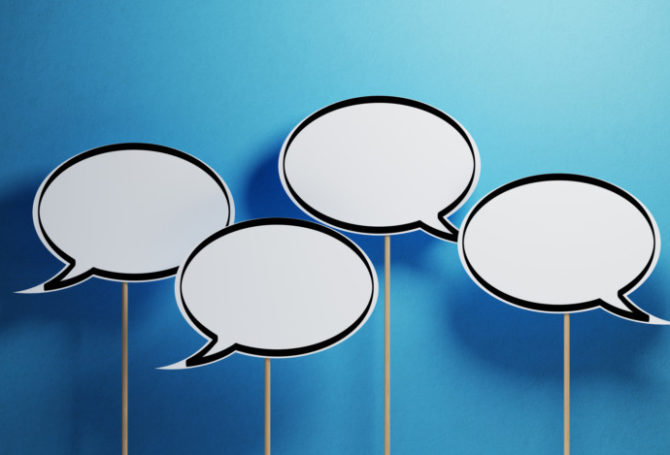
When the pandemic eventually ends, some workers will return to the office while others continue to work remotely. An unanticipated effect will be the blurring of internal and external communications into what are now called “mixternal” communications.
“Perhaps at the heart of the mixternal movement is understanding how the employee and the customer experience, once different hemispheres of pursuit, are intrinsically linked for an organization,” says Cat Colella-Graham of Cheer Partners.
Outreach is not identical, she says, but overlaps. Transparency, authenticity and honesty are essential to both. Key qualities of mixternal communication are listening as much as talking, aiming for message consistency, and drawing in more than those paid to communicate.
The days of house organs with vanilla content and grip-and-grin pictures have been over for a long time. Many companies and nonprofits depend on knowledgeable and engaged employees to flourish. Employee-centric policies don’t vary all that much from consumer- or client-centric positioning.
Without routinely going to the office, many employees adopt outlooks not dissimilar from consumers or clients. They begin to see the company or nonprofit more from the outside in. They may become more aware of external-facing communications and react to them much like an external audience. They can morph into change agents with more definition and dedication than customers or clients who can just choose another company.
Two-way, interactive communication, including social media, has contributed to blurred lines between internal and external. So has the push to encourage employee brand ambassadors along with consumer brand ambassadors, one of the most efficient and dependable sources of trusted word-of-mouth marketing.
Because employees are also consumers, they have become more skeptical and more inclined to ask questions – and expect responsive answers. Colella-Graham says employees can be a sounding board for information, pitches or tactics aimed at external audiences to gauge whether it is believable or complete. If the content or campaign lands with a thud with employees, it is unlikely to fare better with consumers.
Without routinely going to the office, many employees adopt outlooks not dissimilar from consumers or clients. They begin to see the company or nonprofit more from the outside in. They may become more aware of external-facing communications and react to them much like an external audience.
An important mixternal challenge is to make sure employees have critical information about their employer before the general public receives it. For publicly traded companies, this can pose legal questions, but Colella-Graham insists employees should know at least 25 percent more about key company data and disclosures in advance of “The Street”.
The pandemic has underlined the need for a new kind of “employee experience”. Instead of a fancy desk or perks, employees are more inclined to want intangible qualities such as “being heard” and socially acceptable employment policies. Employees may not get everything they want, but mixternal communications need to convey that employers are listening to their employees and treating them with respect. Many consumers will value an experience with a business that pays living wages and treats employees fairly and with respect.
Internal communication in the past has been ignored or relegated to the cellar of importance for overall communications. That had been changing, but the change accelerated during the pandemic. It is unlikely to reverse course. One goal of mixternal communications is to build brand ambassadors, according to Calella-Graham, “who can sell your company culture insider and outside the workplace.”
Mixternal communication has bred mixternal collaboration, often through virtual conferences and Zoom meetings. The concept is to stretch the capacity of teams by widening their information spigot, deepening cross-organizational ties, expanding organizational awareness and avoiding duplication of effort. Mixternal collaboration can be connected to focus groups and other forms of qualitative research to draw in the perspectives of consumers of products and services.




